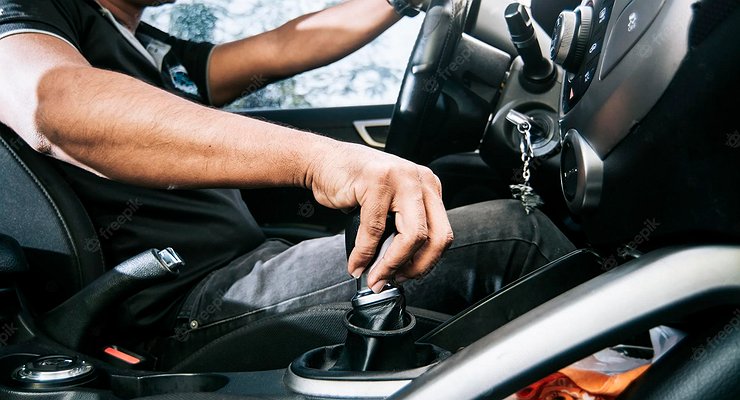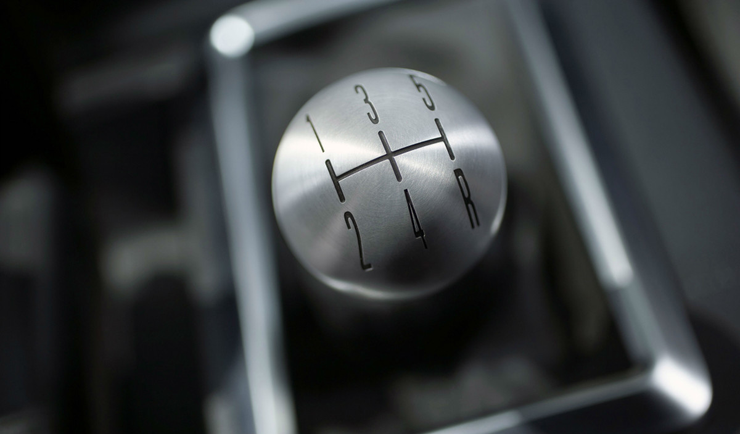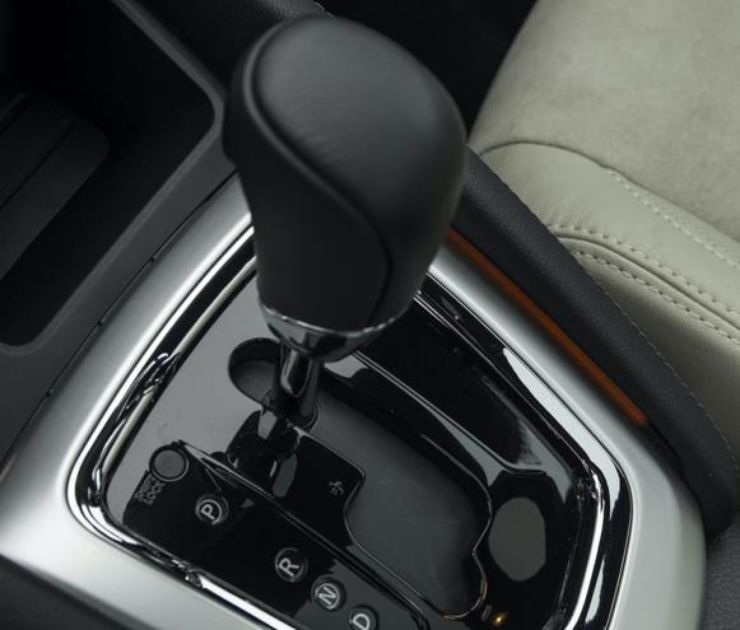Does a manual transmission offer a noticeable advantage over an automatic transmission? Or is “automatic” much better when there is snow and ice under the wheels? If the situation gets out of hand and the car quickly slides into a skid, can the driver deal effectively with the situation if he is forced to depress the clutches and change gears? These and other questions were solved by the AvtoVzglyad portal.
There is an opinion among drivers that a mechanical transmission has a number of abstract advantages over an automatic transmission, giving them the opportunity to show their skills due to a person interacting directly with the car. And the “smart” algorithms that control modern vehicles cannot intervene in any way. Is it real?
First of all, the advantage of the mechanics is that at any time the driver has the opportunity to engage exactly the gear he needs. Which is great, of course, because if the driver understands what he’s doing, he gets some benefit. For example, if it is particularly slippery under the wheels, you will not be able to start driving from first or even second gear. At one time, in the courses for improving driving skills, students could confidently start even from the fifth, and it was forbidden to touch the gas. And the car started moving only thanks to the jewelry work with the clutch.
By the way, here about him. There is no clutch in the “automatic”. And that’s good, because the number of checks a person has to deal with is decreasing. With mechanics, you can’t just pull the lever to engage third from fourth: you have to squeeze the clutch, shift down and only then release the clutch, restoring the mechanical connection between the engine and the gearbox.
And if at this time you also need to slow down and even turn, then great difficulties arise. And by regularly turning the steering wheel and shifting gears, the driver keeps the clutch depressed until the car has completed the maneuver. This is very dangerous: any car, lacking torque on its wheels, begins to drive much worse and, in fact, turns into a banal car. In addition, in stressful situations, the risk of missing the right gear increases. The consequences are obvious: either problems with use, or destruction of the transmission.
All these shortcomings are devoid of modern automatic transmissions. And it doesn’t matter at all whether it will be a “robot”, a CVT or a traditional “automatic”. Their main advantage in winter conditions is that they guarantee reliable gear changes regardless of the driver’s psychological state, while also ensuring constant contact between the engine and the wheels.
In other words, you have the option at any time to influence the situation with the help of the throttle, as the machine not only remains in constant contact with the wheels, but can also switch to that gear almost instantly, which ensures that the correct engine response.
For example, try to cope with the slippage of the front-wheel drive on the mechanics. Especially at high speed. After all, you have fifth gear on and you can only slip in third. And any momentary interruption in torque transfer or a failed re-gas can lead to completely uncontrollable slips and turns. Especially if there is ice under the wheels.
But the “machines” are much less demanding on the skills of the pilots and also work perfectly together with modern active safety assistants. The mechanics of this unfortunately can’t get out of the word at all. So as much as we champion driver professionalism when handling a manual box, the “automatic” has long won the historic dispute over technology.
There is an opinion among drivers that a mechanical transmission has a number of abstract advantages over an automatic transmission, giving them the opportunity to show their skills due to a person interacting directly with the car. And the “smart” algorithms that control modern vehicles cannot intervene in any way. Is it real?
First of all, the advantage of the mechanics is that at any time the driver has the opportunity to engage exactly the gear he needs. Which is great, of course, because if the driver understands what he’s doing, he gets some benefit. For example, if it is particularly slippery under the wheels, you will not be able to start driving from first or even from second gear. At one time, in the courses for improving driving skills, students could confidently start even from the fifth, and it was forbidden to touch the gas. And the car started moving only thanks to the jewelry work with the clutch.
By the way, here about him. There is no clutch in the “automatic”. And that’s good, because the number of checks a person has to deal with is decreasing. With mechanics, you can’t just pull the lever to engage third from fourth: you have to squeeze the clutch, shift down and only then release the clutch, restoring the mechanical connection between the engine and the gearbox.
And if at this time you also need to slow down and even turn, then great difficulties arise. And by regularly turning the steering wheel and shifting gears, the driver keeps the clutch depressed until the car has completed the maneuver. This is very dangerous: any car, lacking torque on its wheels, begins to drive much worse and, in fact, turns into a banal car. In addition, in stressful situations, the risk of missing the right gear increases. The consequences are obvious: either problems with use, or destruction of the transmission.
All these shortcomings are devoid of modern automatic transmissions. And it doesn’t matter at all whether it will be a “robot”, a CVT or a traditional “automatic”. Their main advantage in winter conditions is that they guarantee reliable gear changes regardless of the driver’s psychological state, while also ensuring constant contact between the engine and the wheels.
In other words, you have the option at any time to influence the situation with the help of the throttle, as the machine not only remains in constant contact with the wheels, but can also switch to that gear almost instantly, which ensures that the correct engine response.
For example, try to cope with the slippage of the front-wheel drive on the mechanics. Especially at high speed. After all, you have fifth gear on and you can only slip in third. And any momentary interruption in torque transfer or a failed re-gas can lead to completely uncontrollable slips and turns. Especially if there is ice under the wheels.
But the “machines” are much less demanding on the skills of the pilots and also work perfectly together with modern active safety assistants. The mechanics of this unfortunately can’t get out of the word at all. So as much as we champion driver professionalism when handling a manual box, the “automatic” has long won the historic dispute over technology.
Source: Avto Vzglyad
Donald Salinas is an experienced automobile journalist and writer for Div Bracket. He brings his readers the latest news and developments from the world of automobiles, offering a unique and knowledgeable perspective on the latest trends and innovations in the automotive industry.















